Catch Autumn Color at Chatfield Farms
As the days grow shorter and temperatures fall, the prairie gardens at Chatfield Farms also go through a transformation. Plants are at their maximum height after fighting their way toward the sunlight during the growing season. Gone are the hot pinks, reds and blues of the spring and summer months. In their place, hues of yellow, purple and rust dominate the landscape.
In the absence of summer heat, flowering plants like asters and goldenrods thrive. Goldenrod’s yellows and aster’s violets shine brightly, providing final nectar opportunities for the remaining pollinators. Seedheads of ornamental grasses – switchgrass (Panicum virgatum), little bluestem (Schizachyrium scoparium), prairie dropseed (Sporobolus heterolepis) and ruby muhly grass (Muhlenbergia reverchonii) – catch the morning light and dew, their foliage deepening to a ruddy rust as frost impends. The foliage of blue stars (Amsonia illustris and Amsonia hubrictii) mature to a brilliant shade of gold. Autumn crocus (Colchicum autumnale) surprise visitors and horticulturists alike – their sudden flash of rosy violet along the pathways like a last farewell before returning to dormancy. Plants like coneflower (Echinacea sp), beebalm (Monarda sp) sunflowers (Helianthus sp) and milkweed (Asclepias sp) begin to brown out, their seedheads providing textural interest and structure within the garden. Birds will forage seeds from rocky mountain bee plant (Cleome serrulata), annual sunflower (Helianthus annus), compass plant (Silphium lacinatum) and purple coneflower (Echiancea pallida), as their supply of plump summer caterpillars begins to dwindle.
Once their blooms fade, both asters and goldenrods will begin to produce seed, carried by white fluff that disperses in heavy winds. This seed dispersal method can cause prolific seedling spread, hence the need for Chatfield Farms’ horticulturists to deadhead spent flowers prior to seed dispersal. Most other perennial stalks are left to stand through the fall and winter into spring, to provide winter interest, structure, texture within the garden and food and shelter for overwintering creatures.
Although the prairie is a sight to behold during the heat of the growing season, it is entirely worthy of a second glance in the fall months. Make your plan to visit Chatfield Farms to view this ephemeral beauty.
Gallery
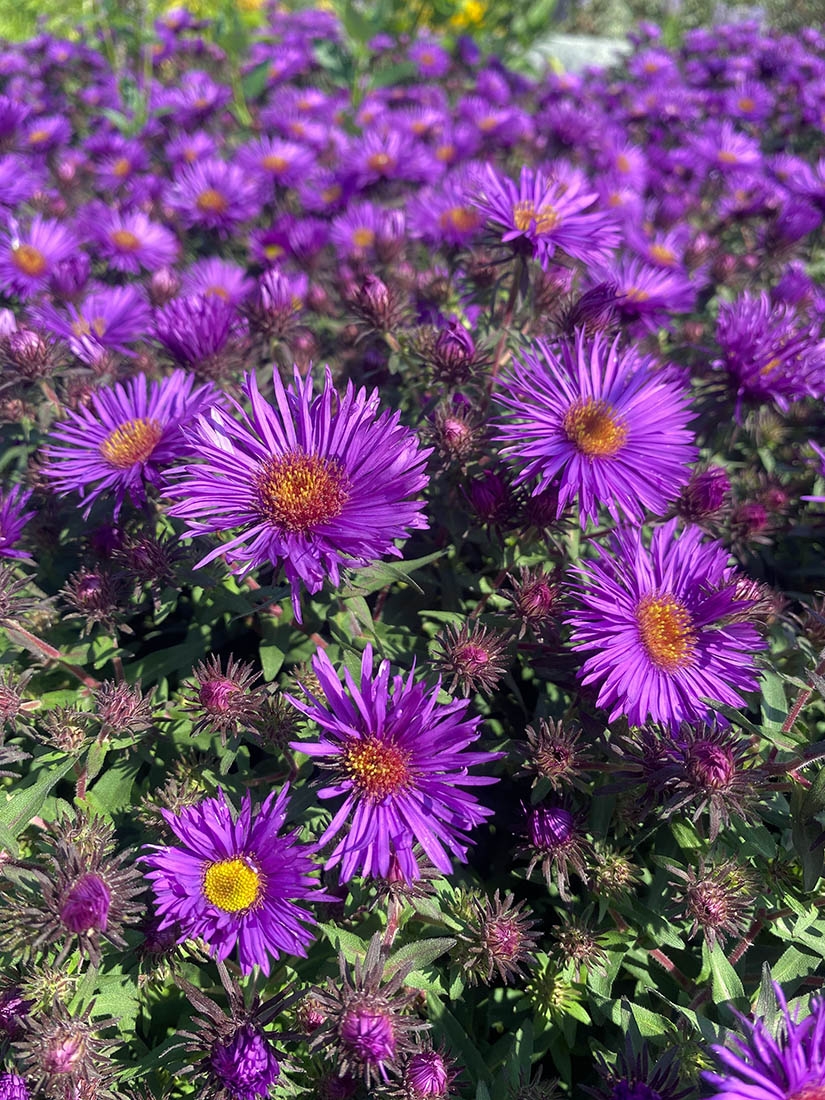
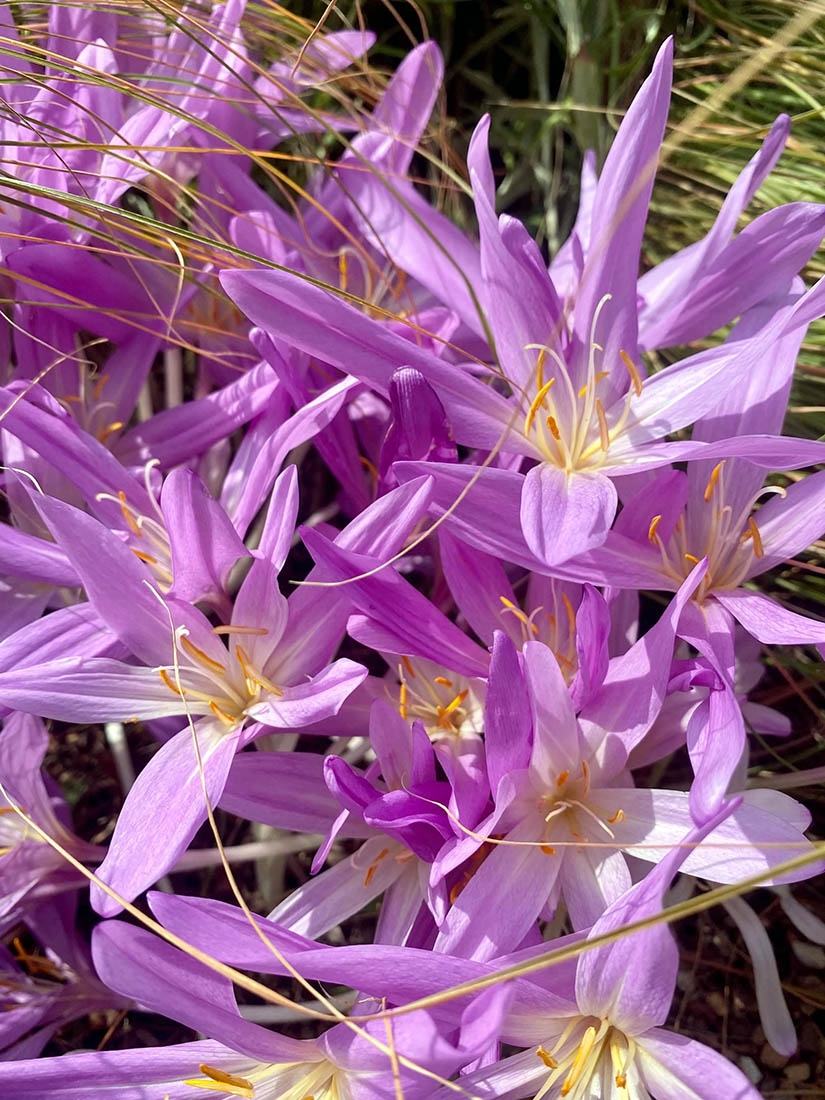
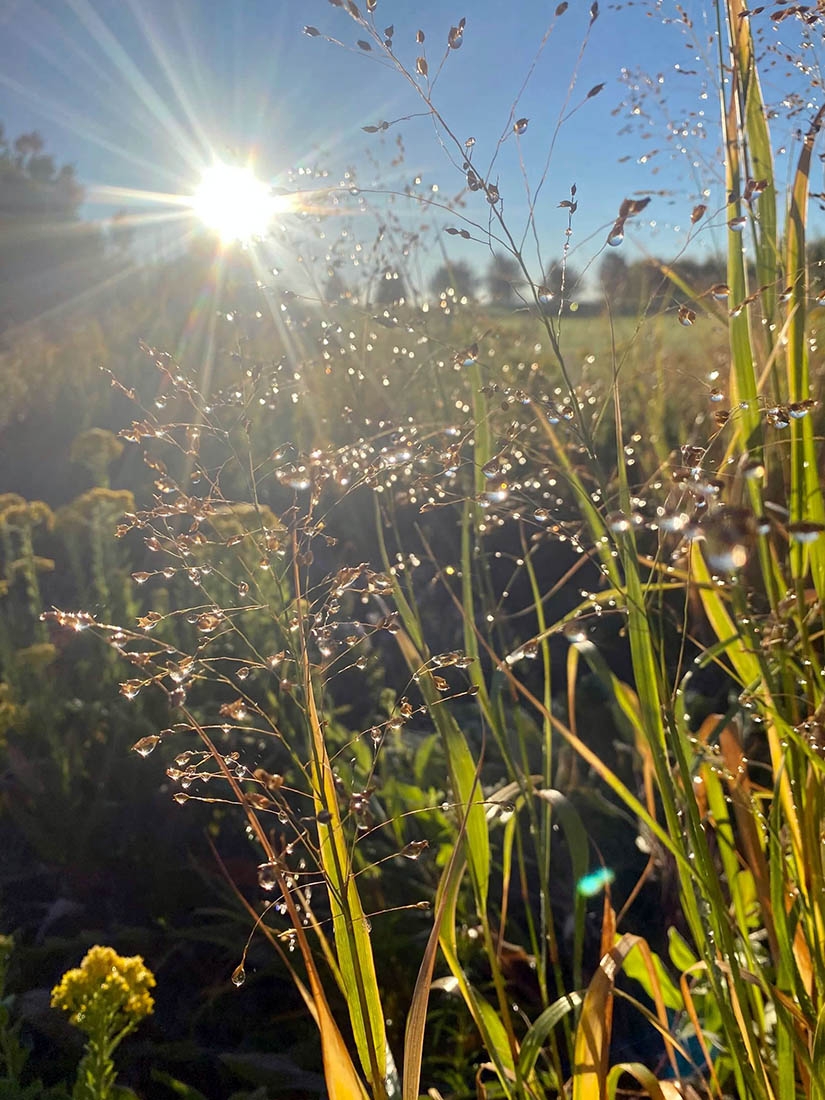
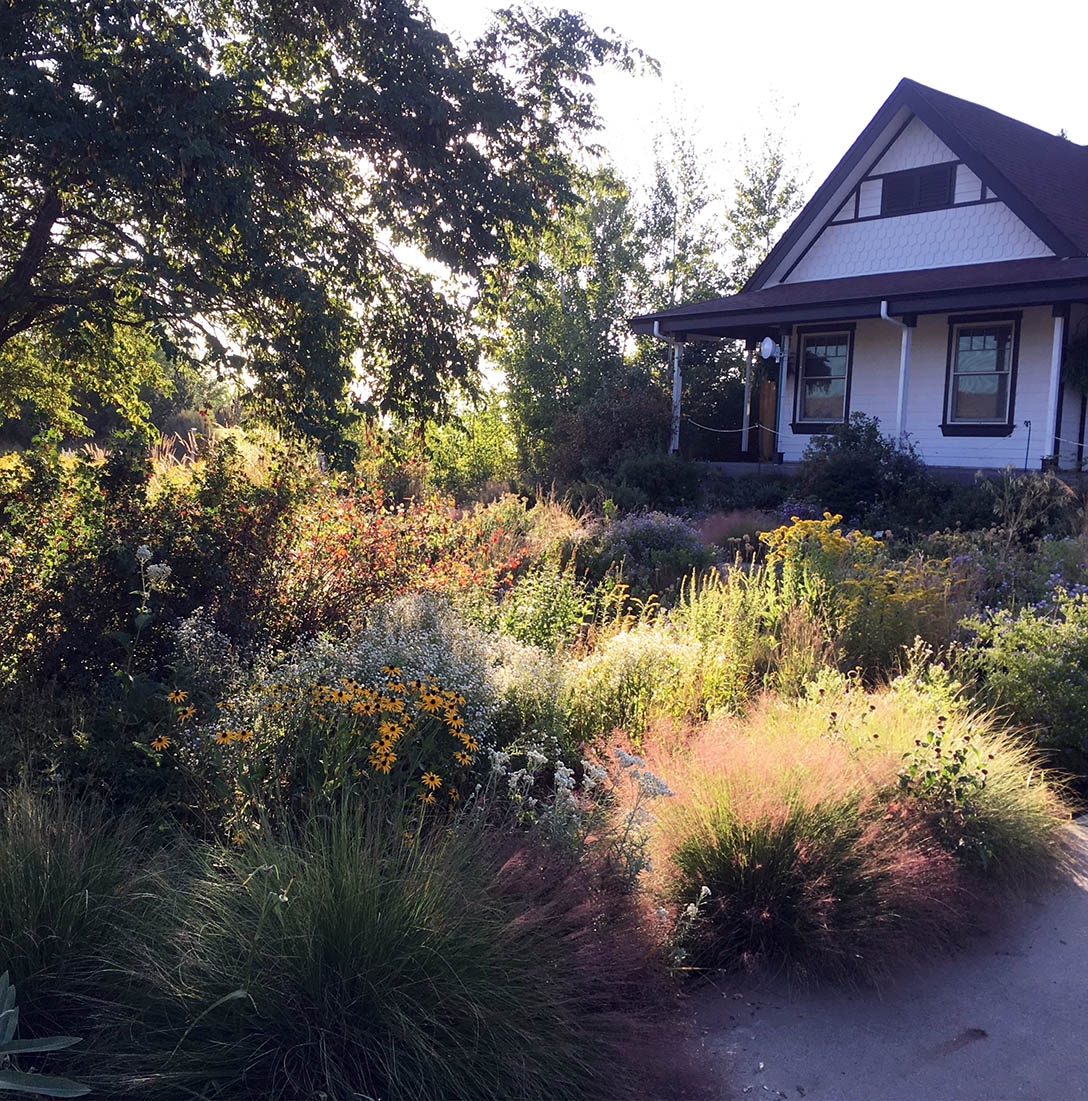
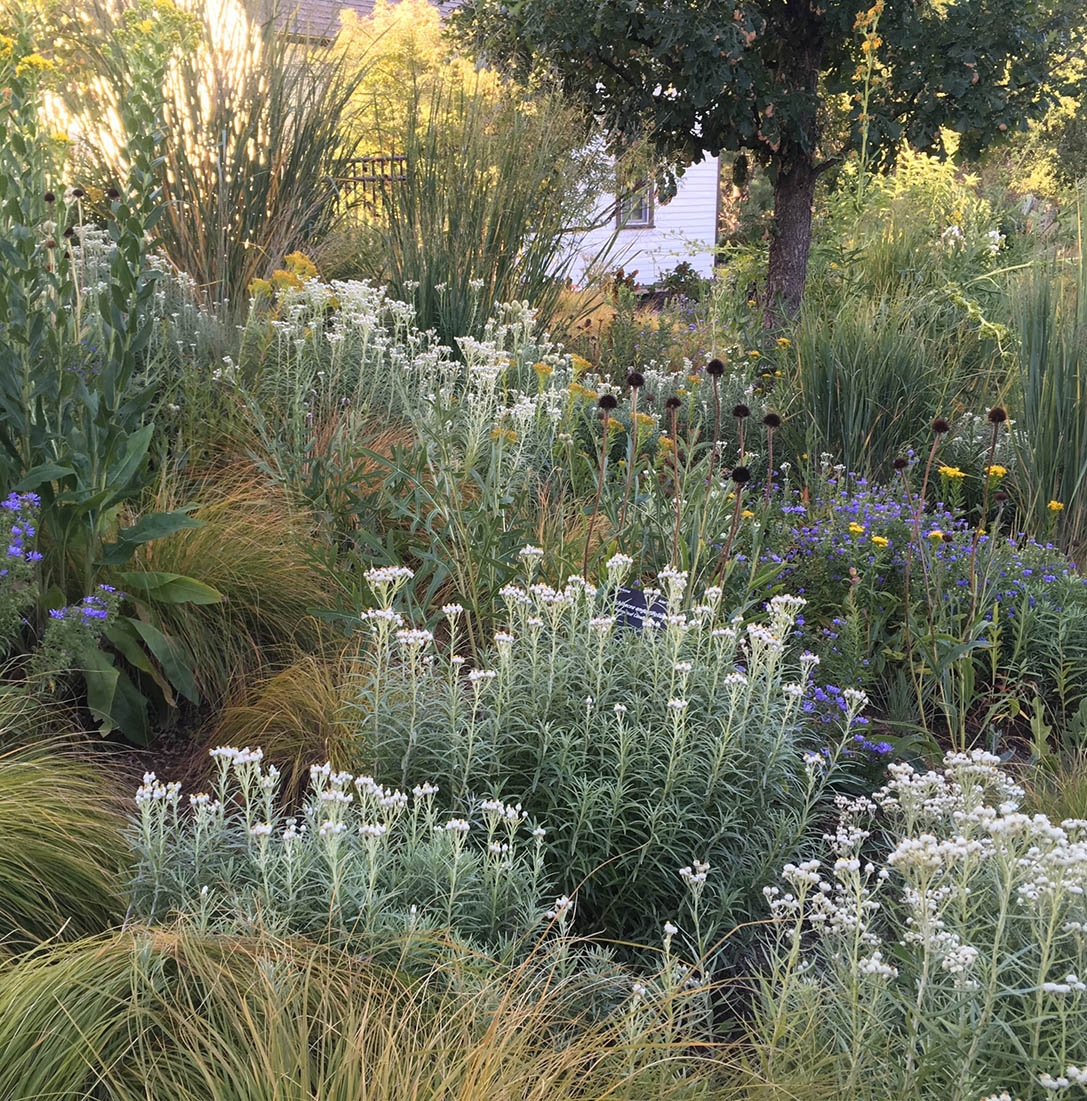
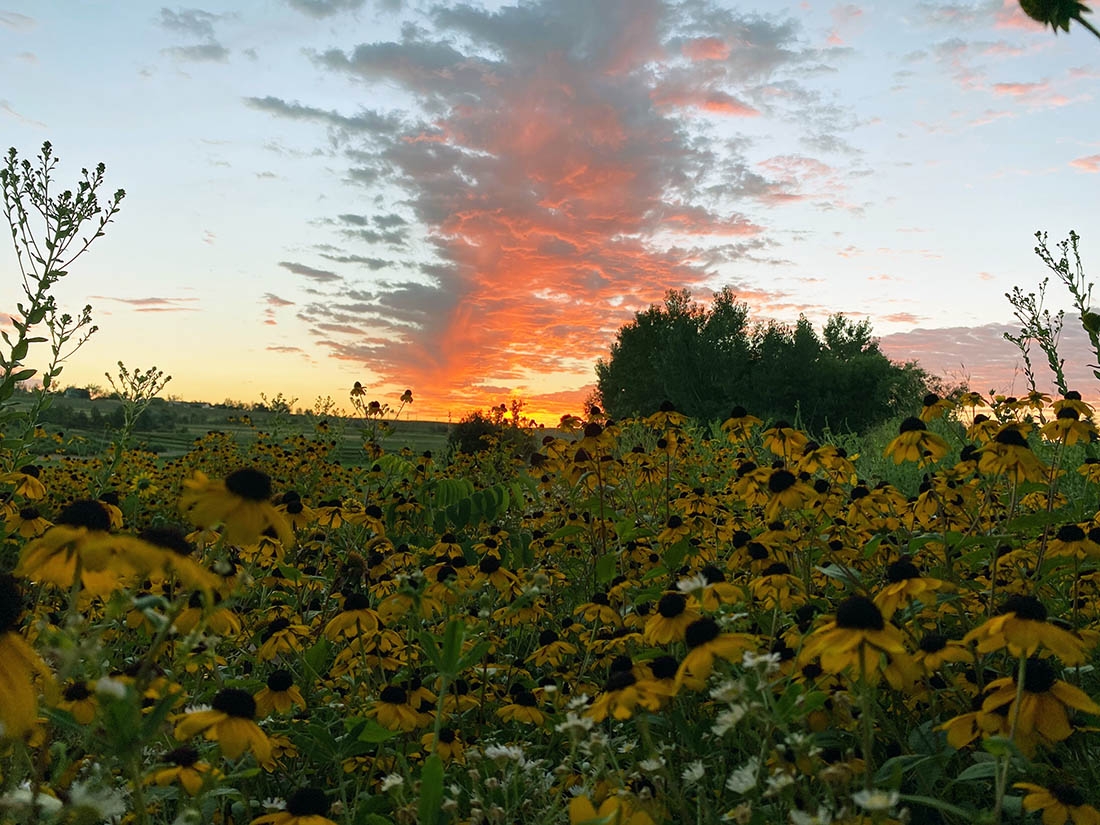
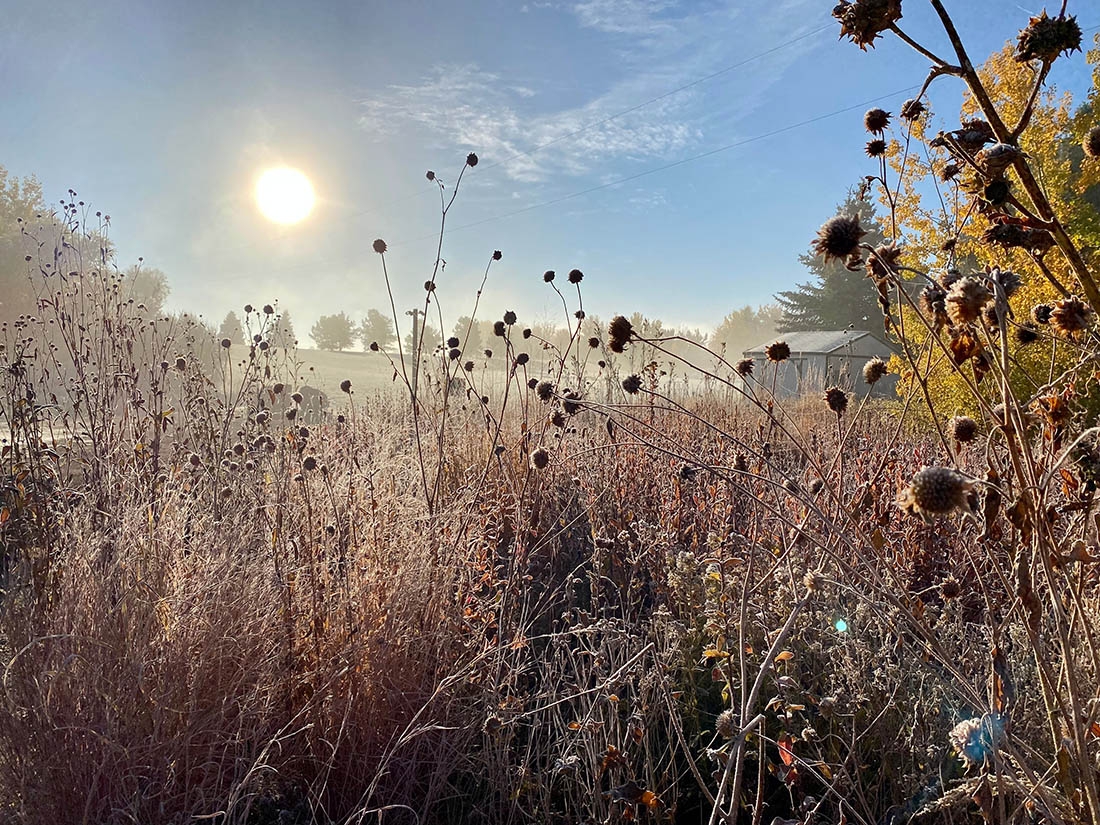
Add new comment